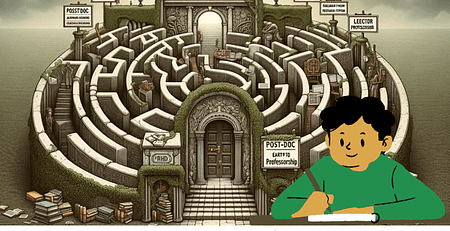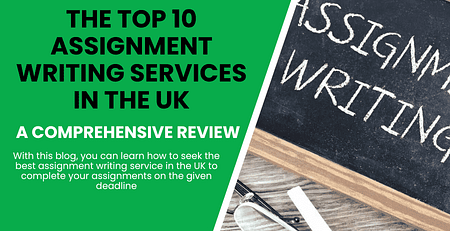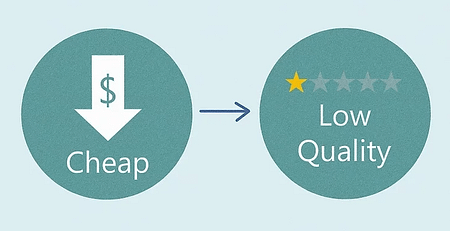Building A Blueprint For Brilliant Essay Writing
Mastering The Outline: Building A Blueprint For Brilliant Essay Writing
The task of writing an essay will become a lot easier if you have a plan to follow. Without a plan, it can be difficult to write a compelling essay. Although you have to put in quite a bit of effort while you are writing it, the plan will help guide you through the entire process so that you don’t have to go in there completely blind.
An essay outline is a way of planning the structure of your essay before you start writing. To get an idea of how your arguments will flow, you should write brief summaries of each point you will make in each paragraph. When you write an essay, it typically consists of three main parts: the introduction, body paragraphs, and conclusion. However, many people may wonder how to structure the body of their essay effectively.
In this blog post, let’s look into the different outlining techniques that can be followed and how we can adapt outlines to various essay types.
Different Outlining Techniques
Outlining is like making a plan for your writing. There are different ways to outline your essay, each with its own benefits. When you’re about to outline your essay, it’s essential to start with a clear thesis statement. This statement presents your main argument, guiding everything else in your outline to support it. You can organize your outline in various formats depending on the structure required for your paper. The most common formats include using Roman numerals, letters, and numbers. Alternatively, bullet points or other symbols can be used. It’s important to choose the organizational pattern that suits both you and your paper the best.
After creating your outline, you may want to reorganize your ideas. Additionally, once you begin writing, you may gain fresh perspectives. You can always modify or vary from the original plan in these situations to prepare for these discoveries. This adaptability enables your work to develop as you write it.
Creating a Chronological and Thematic Outline
Chronological Outlines
Chronological outlines are a way of organizing information in your essay by listing points, events, or research in the order they happen. This structure is beneficial for essays about history or specific events because it helps show the sequence of events and how they are connected. Additionally, it’s valuable for essays with logical timelines. In other words, when you use a chronological structure, you are presenting information in the order it happened, helping your readers follow the flow of events.
Thematic Outline
The thematic outline comes from the main subject. The introduction introduces the main topic and your thesis statement, highlights your main argument. Then, in the body paragraphs, each one focuses on a different literary element, like characters or themes, to support your thesis. The conclusion wraps everything up by summarizing what you’ve talked about and explaining why it’s essential.
Adapting Outlines To Various Essay Types
Each essay has its own special structure. However, they all follow a basic pattern. When you adapt outlines to different types of essays, you’re adjusting the format and information in your outline to fit the particular needs and features of the essay type you’re working on. Below are the outline highlights for specific types of writing projects.
Analytical Essay
The analytical essay is a common type of writing that involves discussing, analyzing, investigating, exploring, or reviewing a topic. It breaks the topic into different parts and discusses each part in separate paragraphs or sections. It’s important to maintain balance throughout.
- To start, in the introduction of an analytical essay, background and overview information about the topic is provided. This sets the stage for what will be discussed in the essay.
- In the body paragraphs, each paragraph focuses on a different aspect of the topic. In the first paragraph, the topic sentence introduces the first component. Then, explanations and evidence are provided to support the topic sentence. Finally, a concluding sentence ties everything together and leads into the next paragraph. This pattern is followed for each paragraph, making it possible to investigate the subject in depth.
- When writing the conclusion, write the summary of the main points of the body. Then, a restatement of the main point of view is provided, and lastly, an evaluation or justification is provided if the task requires it.
Argumentative Essay
The analytical essay is a common type of writing that involves discussing, analyzing, investigating, exploring, or reviewing a topic. It breaks the topic into different parts and discusses each part in separate paragraphs or sections. It’s essential to maintain balance throughout.
- To write the argumentative essay, provide the background information on the topic. Also, write the overview of the arguments to be presented in the thesis.
- When writing body paragraphs, the first paragraph must contain a topic sentence outlining the first argument, sentences giving explanations and providing evidence to support the topic sentence, and then the concluding sentences, which link to the next paragraph. Ensure that you keep this structure in mind for further paragraphs.
- In conclusion, you need to write the summary of the main points in the body and the restatement of the position.
Interpretive Essay
In interpretive essay, you are given data such as a case study, scenario, diagram, or picture. Your task is to interpret this information, showcasing your application of knowledge. This might involve providing recommendations, developing nursing care plans, creating teaching plans, suggesting legal advice, or planning marketing strategies based on the given data.
- To write an interpretive essay, write the introduction with a brief background information on the topic. Provide a brief overview of the issues to be addressed in the essay and state overall interpretations.
- The body paragraphs play a crucial role in connecting various aspects of your essay. In the first paragraph, identify the key issues from the provided data. However, further, explain and support your points with evidence from both the literature and the given data. For instance, refer to the case study to give your essay context. Continue this structure in other paragraphs.
- In the conclusion, write the overall summary of the main issue, make recommendations, and suggest solutions to address the issue.
Comparative Essay
Comparative essay writing involves comparing, contrasting, or highlighting differences between two or more things. This type of essay discusses similarities or differences paragraph by paragraph. Your assignment might ask you to give recommendations about which of the items being compared is better suited for a particular purpose.
- To begin, the introduction should provide a brief background and outline the two or more items being compared or contrasted. Define the purpose of the comparison or contrast and give an overview of the specific points that will be discussed.
- The first body paragraph should start with a topic sentence outlining the first similarity or difference. Then, provide explanations and evidence to support this topic sentence. End the paragraph with a concluding sentence. Repeat this pattern for subsequent paragraphs.
- In the conclusion, restate the main purpose for the comparison or contrast and summarize the key points discussed. Additionally, you may offer some final thoughts or reflections on the comparison.
Final Thoughts
In summary, creating an outline is an essential step in the writing process. It will help in organizing the thoughts and ideas before crafting an essay. As you brainstorm ideas, an outline helps you arrange them neatly, providing a clear direction for your writing. Furthermore, if you find yourself stuck while writing your essay, your outline serves as a valuable resource to guide you back on track. Therefore, investing time in creating a thorough outline can enhance the coherence and organization of your essay. By creating an outline, you can understand how to connect information and support your thesis statement and claims effectively.
With the help of Online Paper Help service, write an essay like a pro. We will help you from scratch, from creating an outline to editing and proofreading your essay. Reach out to us today and make your essay different from others.












